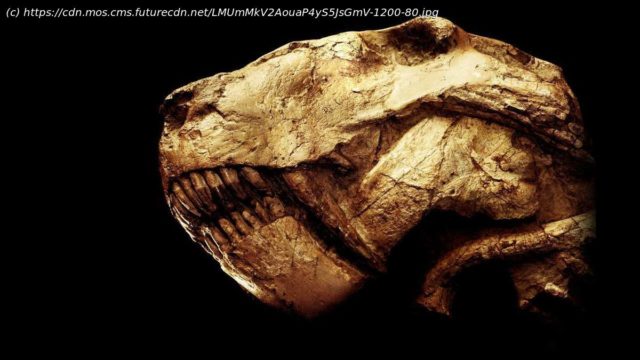„Much as we can only wonder today what knowledge was lost in the ransacking of the Library of Alexandria, we can also ponder what sort of magnificent creatures born of the Cambrian explosion were lost.“
The excerpt below is taken from „Our Fragile Moment: How Lessons from Earth’s Past Can Help Us Survive the Climate Crisis“ (Hachette Book Group, 2023), by Michael Mann. It looks at how climate change following the Cambrian explosion caused the biggest mass extinction on Earth — dooming the creatures set to dominate and set the stage for dinosaurs to rule.
The mechanisms that can freeze the planet, as was the case with Snowball Earth can also lead to inhospitably hot climates, when enough carbon dioxide enters the atmosphere. Arguably the greatest extinction event of all time — called the Great Dying — appears to have resulted, at least in part, from a massive heat-inducing release of carbon into the atmosphere 250 million years ago.
Is this ancient event a possible analog for a sixth, human-caused, climate-change-driven mass extinction today? In answering this question, we will at times work our way through some details of the science, but the payoff is that we will see not just that scientists are able to unravel such mysteries, but how they do it.
In the late Proterozoic eon, around 550 million years ago, Earth had thawed out from a series of major glaciations, perhaps even global snowball conditions. The end of the Proterozoic marked the beginning of a brand new era — the Paleozoic, which extended from around 540 million to 251 million years ago.
The first period of the Paleozoic — the Cambrian — saw a remarkable explosion in the diversity of life, known, appropriately, as the Cambrian explosion. Most of the life that exists today emerged during the first 10 million years of that period, including the first complex multicellular life and familiar groups such as mollusks and crustaceans.
Among the reasons for this remarkable diversification was a sustained rise in oxygen from photosynthetic life. Higher levels of oxygen allowed for more diverse, multicellular organisms because they require oxygen in high enough concentrations that it can reach interior cells. The stratospheric ozone layer, which had developed during the Neoproterozoic era (1 billion to 538 million years ago), protected animals from the sun’s damaging ultraviolet rays and helped populate the land. Some researchers even argue for a possible „bottleneck“ effect, where the few life-forms that survived the Neoproterozoic ice ages (Snowball Earth or not) were able to rapidly fill emerging niches as Earth thawed.
A major glacial event occurred at the end of the following period of the Paleozoic, the Ordovician, around 450 million years ago, as chemical weathering outpaced the volcanic emissions of gas and atmospheric CO2 levels dropped. The resulting cooling caused a buildup in ice mass on the large South Pole–centered supercontinent of Gondwana. Sea levels dropped. Much of the coastal habitat that had been home to primitive mollusks and crustaceans disappeared. Some of the creatures scraped by, but about half of all existing genuses perished. Much as we can only wonder today what knowledge was lost in the ransacking of the Library of Alexandria, we can also ponder what sort of magnificent creatures born of the Cambrian explosion were lost. Welcome to the first of the widely recognized global mass extinction events.






